Galvanized steel is widely used to protect steel from rust or corrosion. A thin coating of zinc is fused to the steel surface in the galvanization process which prevents the steel from to expose on a corrosive environment. But, that same zinc layer can form its own rust known as white rust. In this article, we will discuss white rust, its formation, and its prevention.
What is White Rust?
White rust is a localized corrosion attack on zinc surfaces and appears as a white, chalky substance as a deposit. This is rapid corrosion and is usually formed when zinc is exposed to oxygen and hydrogen. White rust is also known as white storage stain.
White rust is more predominant on new zinc-coated steel products. This deposit damages the appearance of steel and gradually consumes the complete zinc coating. White rust is basically zinc hydroxide formed due to the chemical reaction of zinc with air and water in wet conditions.
What Causes White Rust?
White rust appears on a freshly galvanized steel material when it is put into service in contact with water, or hydrogen dioxide. During these initial days, the zinc layer is the most prone to white rust on steel attacks.
However, older zinc surfaces can also be corroded by white rust when the surfaces are exposed to high pH, very high conductivity water, or when the old surfaces are aggressively cleaned.
When galvanized steel is stored for future use, moisture (rain, dew, condensation) can easily be trapped between individual items without adequate air circulation which may lead to the formation of white rust. So, basically, the following factors contribute the most to the formation of white rust:
- Climate (Wet)
- Air Circulation (Poor Ventilation)
- Storage method and Place (Tightly packed storing where moisture can trap and stay for extended periods)
Is White Rust Bad?
The formation of white rust highly damages the appearance. Also, sometimes they make the coating useless and the base product (Steel) again becomes prone to corrosion attack. So, white rust is not desirable and must be controlled or eliminated.
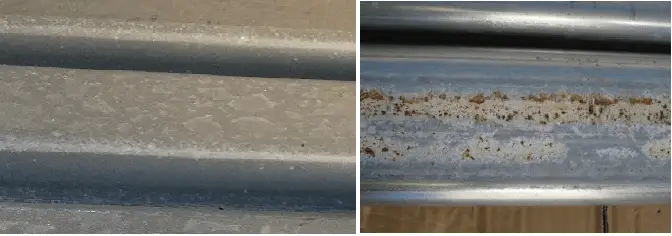
Prevention of White Rust
There are several ways that can be followed to prevent the formation of white rust. Some of those methods are:
- Allowing the zinc to form stable oxides prior to exposure to moisture.
- Avoid exposure to water (Outside products must be covered with a ventilated waterproof covering)
- Eliminate the possibility of condensation (Water repellent or barrier coatings can be provided)
- Using passivating chemicals or oils to prevent the oxidation of the zinc.
- Store galvanized steel products in a well-ventilated dry location.
- Avoid exposing the cold zinc material to a warm environment
Repairing White Rust/ White Rust Treatment
There are certain industry-standard treatment methods that can be followed to repair galvanized steel from white rust. The treatment procedures depend on the severity of the white rust damage.
Light White Rusting: When a light film of white powdery residue of white rust is formed on the product surface, it can easily be removed by a stiff nylon brush. When brushing alone is insignificant, a mixture of mineral oil and sawdust can be used on the surface.
Moderate White rusting: When the stain is moderate, it can be removed by washing with a 10% (by volume) acetic acid solution and then thoroughly rinsing with water to neutralize the surface. Stiff brush nylon can be used. Before restacking the sheets need to be made completely dry.
Severe White Rusting: For severe white rusting, the zinc hydroxide corrosion can be dissolved using weak acidic solutions like vinegar. A solution of 5% (by volume) of phosphoric acid in water along with a wetting agent can also be effective. After cleaning, the products need to be immediately well-rinsed and then thoroughly dried.
A coating thickness check needs to be performed to decide the extent of the galvanized coating damage to understand if the same product can be put into service or need reinstatement of the coating.

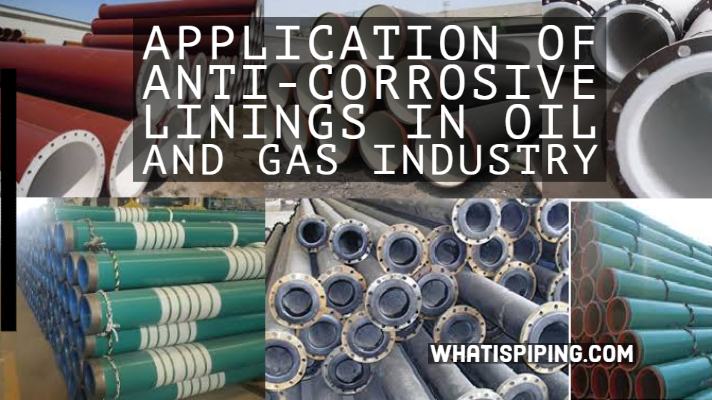
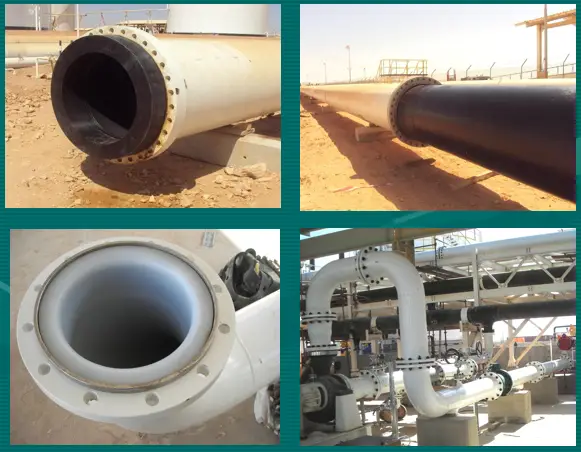
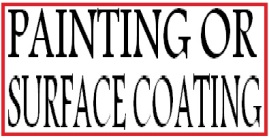
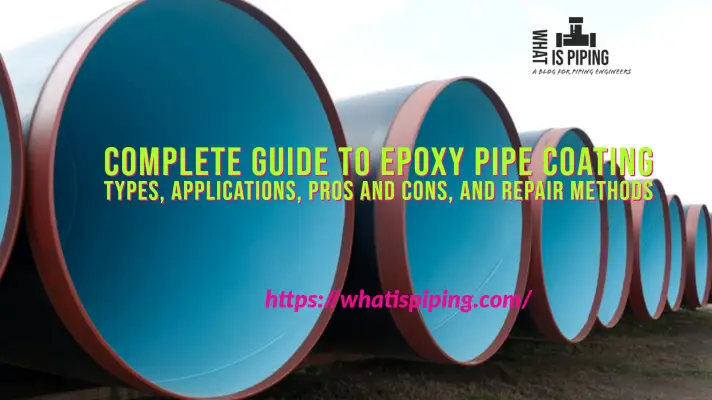
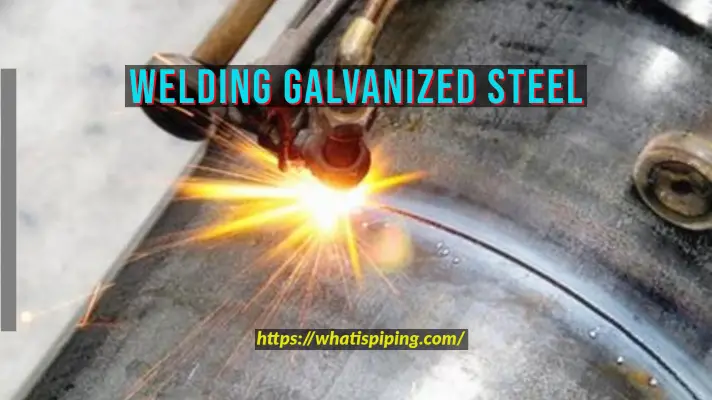
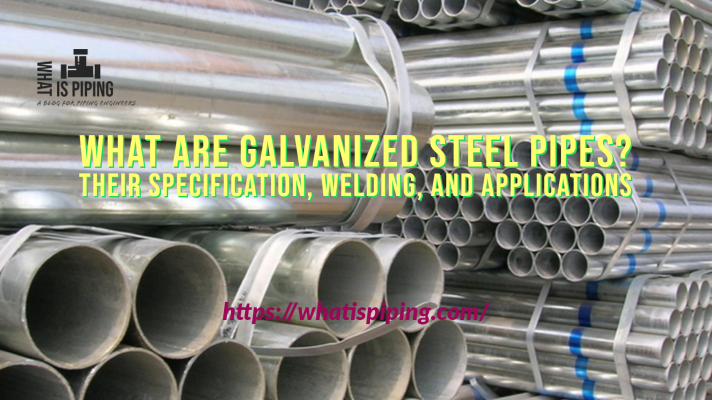

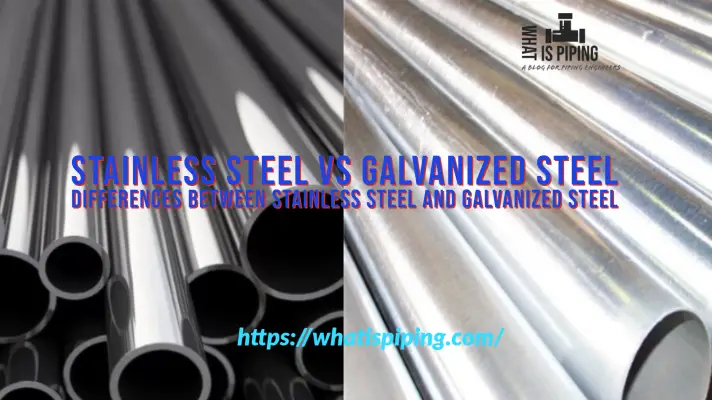
Very useful information you put out here!
Plese comoare software Caesar Iai y Autopipe
These kinds of articles, the “just what I needed right now”, and the fact that you, and others like you, take the time to write it, is why I have hope for humanity!
It was just what I needed, and my day just went from “oh no, what is this, and what should I do”, to “I know what it is, and I have a plan!”.
Thank you, and pat yourself on your back for giving so selflessly!!